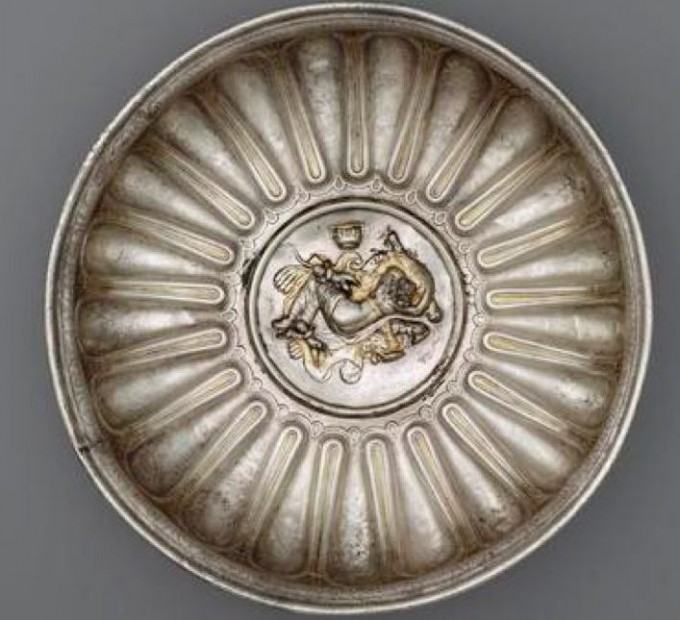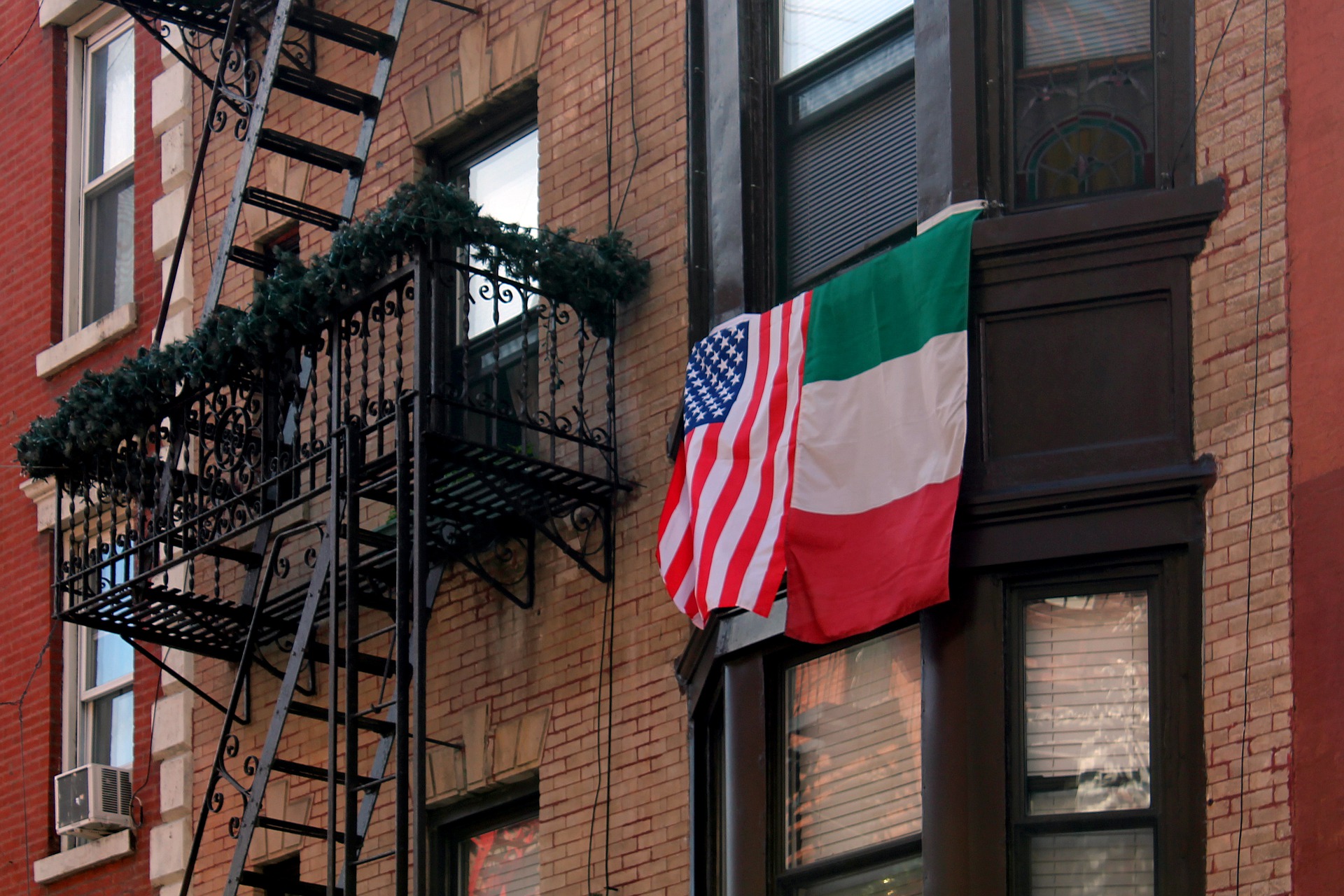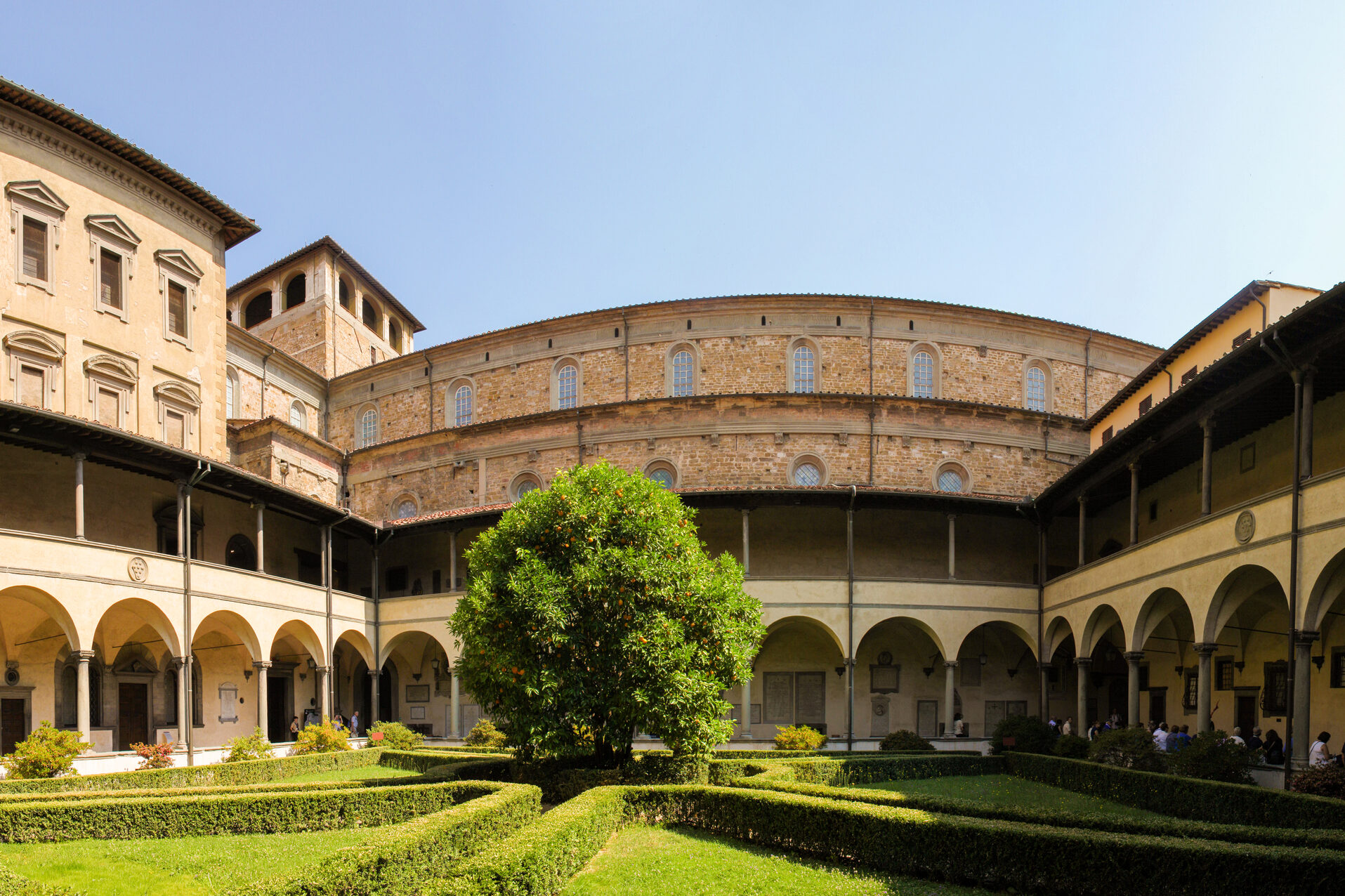The history of the fortuitous archaeological discovery resembles plenty of other similar ones: Normandy – March 1830, a farmer, named Prosper Taurin, while plowing a field, one kilometer west of Berthouville (the Roman Canetonum), chanced upon a Roman treasure, made of about ninety silver objects, dedicated to the Gallo-Roman god Mercury Canetonensis.
Soon after the find, the then-curator of the Cabinet des médailles et antiques of the Bibliothèque royale (nowadays renamed: Département des Monnaies, médailles et antiques of the Bibliothèque nationale de France) acquired the treasure, which since then has been kept in Paris, until in December 2010 it was shipped to the Getty Villa, in Malibu, for a multiyear study, restoration, and exhibition project.
In 2005, the geophysical research with electric resistivity scanning confirmed that the late second/early third century treasure belonged to a fanum, a religious sanctuary, which was likely an annual pilgrimage’s destination.
Alongside the large portion of objects, crafted locally in the Roman Province, others were heirlooms, probably made in Italy and transported to Gaul, by Roman donors, like the most recurrent, Quintus Domitius Tutus, whose identity is unknown to us but for his dedications to Mercury.
Among the first class of Gallic artifacts we find phialae (libation bowls), plates, paterae (deep bowls with long handles), a pitcher, some spoons, small vases, but also two silver and gold snakes, joined to form a torque, which, for its gigantic size, was probably placed on a deity statue rather than worn by a human.
The two votive statuettes, representing Mercury, display a certain stiffness and disproportion, typical of a provincial craftsmanship. This criticism, though, makes sense only if we compare the Gallic items with their fifth-century BC Greek model: the sculptor Polykleitus.
As a matter of fact, the figurines possess their own finesse, as in the gilded caduceus, carried by the tallest between the two. Besides, they both demonstrate their silversmiths’ mastery in the repoussé, a technique through hammering from the reverse side and thus creating a design in low relief. By the way, if you haven’t understood this method, don’t panic! It is effectively explained through a short video, viewable along the hall, outside the exhibition rooms.
Among the latter category, we find silver vessels, decorated either with Bacchic imagery, episodes from the Trojan War, or other mythological figures, as the Lydian queen Omphale, whose bare, sensual back lies asleep near the emblems of Hercules.
These items, whether used at banquets, during all-male symposiums, or intended for display, served as subjects of erudite conversations and debates. During those enlightened times, citizens’ high status was based on the extent of their culture, and not limited to the amount of their wealth, as it is sadly today.
Outside the Berthouville treasure, four missoria (silver plates), belonging to the collection of the Parisian Cabinet and dating between the fourth and sixth centuries, came to the Getty Villa, in order to undergo examinations and restoration.
The largest two of the four have traditional names: the Shield of Scipio and the Shield of Hannibal. These erroneous labels corresponded to the early, false classification of the objects as votive shields, dedicated to the two opposite generals, instead of dining plates, depicting respectively Achilles with his captive Briseis and a lion, beneath which lies the dismembered limb of a hoofed animal.
Lastly, this fascinating exhibition, on display till August 17th, is made of approximately seventy-five additional Roman luxury objects, from the same Cabinet: engraved cameos and intaglios, gold coins, jewelry, carved marbles, bronzes, mosaic, etc.































